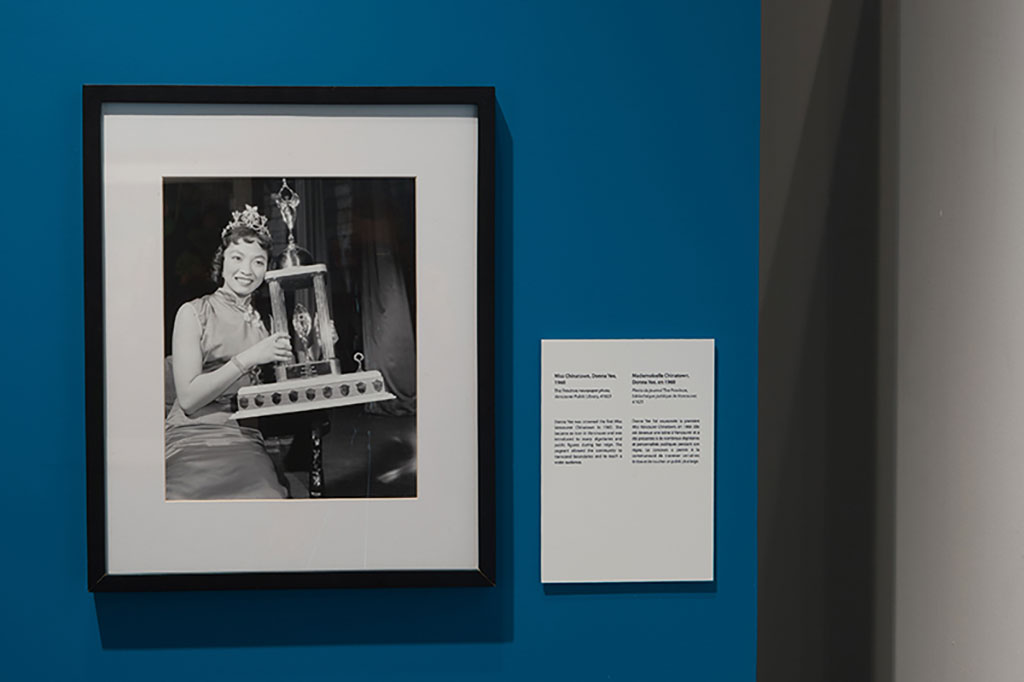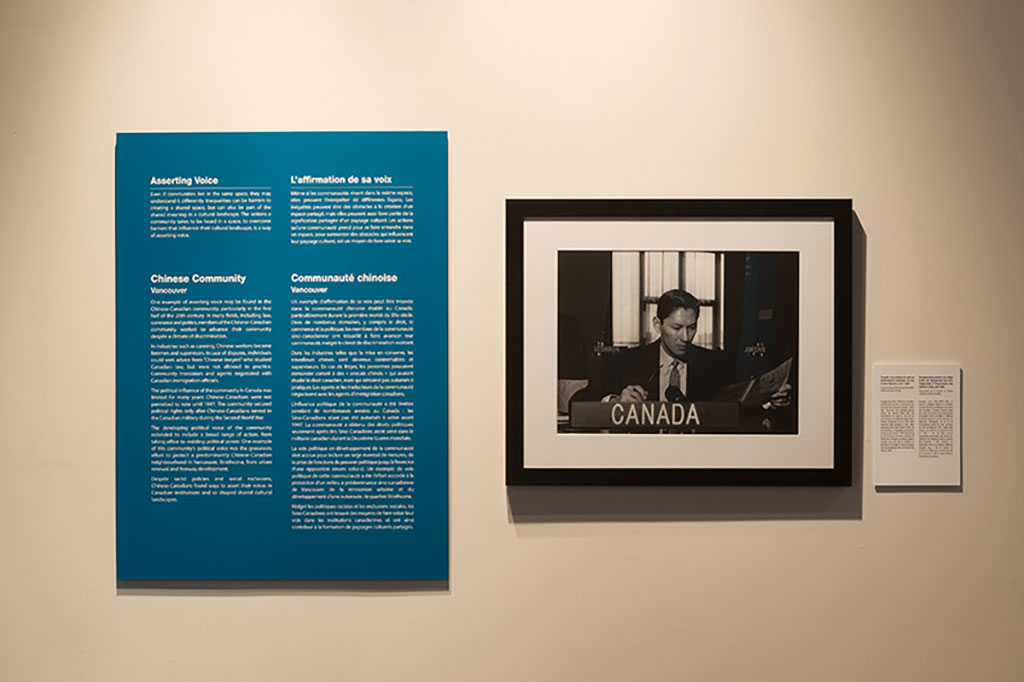by Steven Schwinghamer, Historian
(Updated January 28, 2022)
Establishing historical significance” is the first skill of historical literacy put forward by the Historical Thinking Project (www.historicalthinking.ca). Significance is a challenging concept: one of the things that a historian has to do is make a decision about what is and is not important in the past in relation to their studies. It seems like a bold thing to do, but it is a necessary decision for individual historians to make. The discipline of history encompasses a huge amount of material. Any past event at all, ever, about which we can find suitable evidence, could be the subject of historical inquiry. In order to limit our scope to something manageable, we have to make responsible decisions about what to include and exclude from our history. Significance is one criterion in those decisions.
When we look at a piece of the past, we need to ask if the event is linked to other changes. Can we point to other historical events or people and relate them to this person or event? Was it a change that involved or reflected larger systems in some way? What was the broader impact of the change? We chose our case study on asserting voice in Canada for our exhibition Shaping Canada: Exploring Our Cultural Landscapes based on this process.
The activism of Chinese Canadians, in particular immediately after the Second World War, is an excellent example of historically significant agency. Let’s think of the questions again: What other historical events or actors are related to the community’s post-war history? The experience of Chinese-Canadians at this time was largely rooted in the community that had suffered (and been almost strangled) by racist policies over more than sixty years. Two of the most important features of that discrimination, the Chinese Immigration Act of 1923 and the Head Tax, have recently been in public discussion. A key turning point for this community was the effort by Chinese Canadian veterans to secure the vote after voluntary service in the Second World War.
The reason that event stands out is linked to the second question: does the history involve or reflect larger systems? This moment for this community, in our view, marked one of the most important community-driven reversals in Canada’s treatment of immigrants. Chinese Canadian activists’ success in securing the right to vote reflected a significant shift for the Canadian political environment, since they had been disenfranchised at several levels. Nationally, then, it had importance. However, this reversal of discriminatory policy after the Second World War also had significant links to the climate of policy change on an international scale. It also ties to the military contributions of Chinese Canadians and implies discussion of the racialization that existed before and during the conflict. In short, this event in this community provides an avenue for consideration of many other larger issues.
The third question, on the broader impact of the event, is more complicated than it might appear. Obviously, Chinese Canadians benefited immediately and continue to benefit from gaining a political voice. Several of the other issues we highlighted in the exhibition – the redress for the Head Tax and the grassroots activism to prevent the usurpation of the Chinese Canadian neighbourhood – illustrate that the community put their political clout to work in post-war Canada. However, this was not new: in fact, Chinese immigrants had explored many ways of dealing with authority in Canada since their arrival. They had developed several successful strategies, including using “Chinese lawyers” and boycotts to pressure Canadian legal and economic systems for change. So in this light, restoring the franchise might not be really understood as a unique moment in the community’s history. Chinese First World War veterans received the right to vote (although a very small number) in 1920. Similarly, despite the nominal end of political discrimination in 1947, major increases in community immigration—and crucially, changes in the demographics of immigration—did not come until the 1970s.
The broader impact of this event is signalled in part by the events it overturned. Disenfranchising the Chinese Canadian community was the cardinal signal of the nativist movements that had argued Chinese immigrants could not assimilate as citizens. Claiming those who already lived in the state—or even those who had been born in the state – had no place in the structure of the state was a profound act of rejection. Restoring the political rights of the Chinese community was a repudiation of this injustice, a marker that the state would accept their participation in Canadian governance.
History is an argument, not merely a matter of facts. It is a fact that the Chinese vote was restored in 1947. Historical facts are meaningless without context, and the context must be interpreted. Any argument of historical significance, including mine, deserves to be questioned with the three key criteria I mentioned: how does this relate to other historical events or people? Does this event involve or reflect larger systems? What was the broader impact?
Finally, a decision of “significance” is an historian’s way of asserting something is worth remembering. It always has a corollary that something else is worth forgetting or de-emphasizing. Forgetting in public memory is a big deal, and we should ask a lot of questions when we’re asked to forget.
Some images of the Asserting Voice section of Shaping Canada, featuring Naomi Harris’ contemporary portrait photography.




